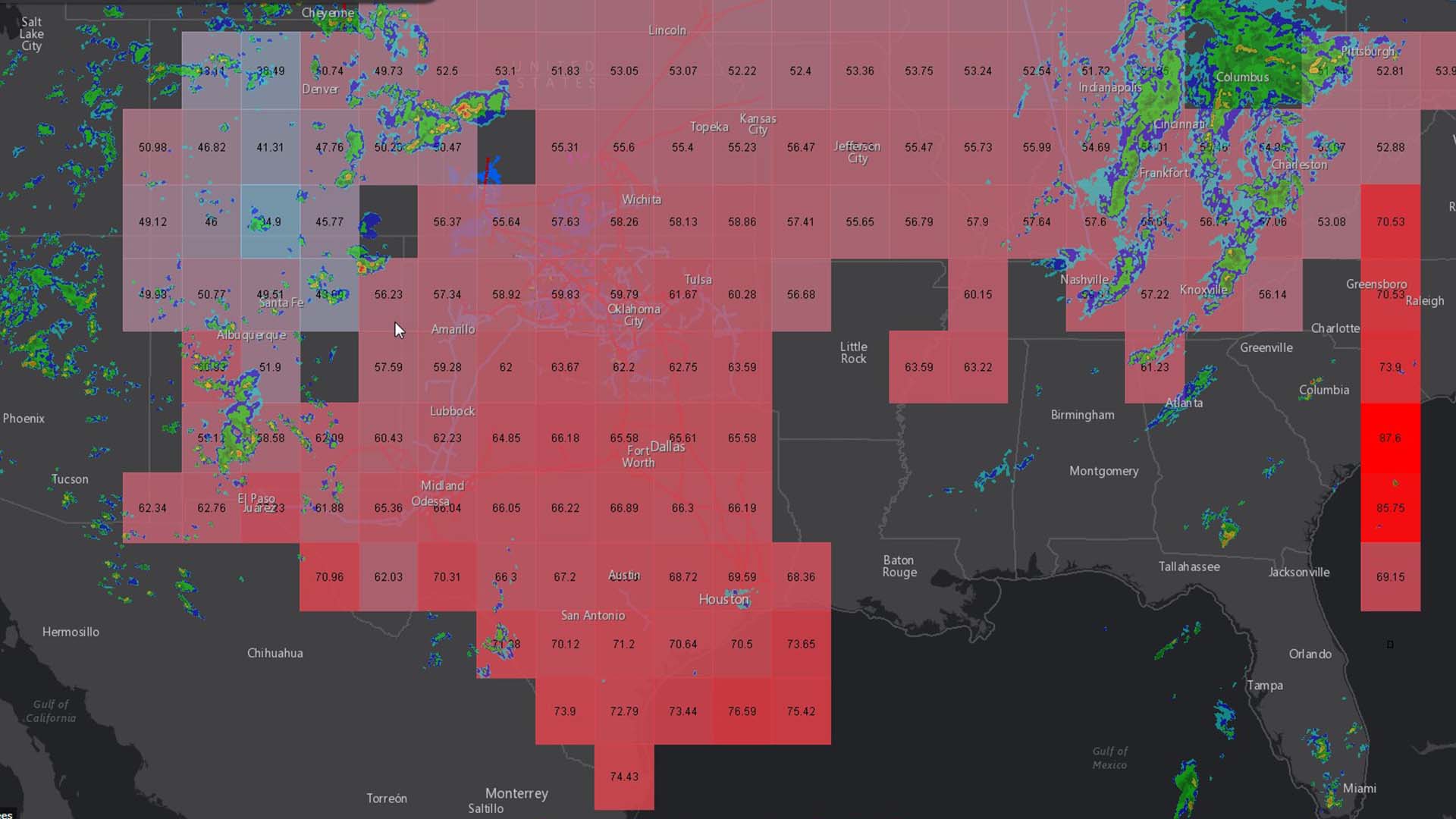Air pollution is not only hazardous to human health; it’s also hurting business.
A new study is among the first to quantify how consumer spending is impacted by fluctuations of airborne pollutants. The researchers analyzed daily spending, air pollution, and climate data from 12 provinces in Spain and made some alarming findings:
Spanish consumers spend $29 to $48 million (USD) less on days when ozone pollution is 10 percent worse than usual, and that spending falls by $23 to 35 million on days when particulate matter pollution is 10 percent worse than usual. Just a ten percent reduction in ozone and particulate matter 2.5 in Spain could increase consumer spending between $19 to 30 billion annually.
Known to affect the heart and lungs, both ozone and particulate matter are potential triggers for serious health effects.
Using a geographic information system (GIS) and statistical programming, the researchers found that as pollution increased, consumers were more likely to stay indoors, avoid restaurants, and spurn retail or recreational opportunities, suffocating local sales.
The study was the product of Data-Driven Yale, which combines the work of students in the Yale School of Forestry and Environmental Studies and Yale-NUS College, Singapore. The project won the United Nations Data for Climate Action Challenge award, which recognizes projects that best link climate change and sustainable development.
The Business Cost of Bad Air
The findings could serve as a warning to businesses as urbanization intensifies across the developed and developing world. The Yale researchers found that a company in an urban core was much more susceptible to air-quality impacts than a farm that is well removed from city limits.
Results show that urban citizens’ spending habits are four times more affected by air pollution than rural citizens’. This result affirms the economic need for cities to further incentivize air pollution reduction.
As many as 80 percent of Spanish citizens live in cities, and that figure is expected to rise. The rate of urbanization in the United States recently surpassed 80 percent; in the United Kingdom, it has reached 90 percent.
As people in countries around the world continue to concentrate in cities, civic and business planners are seeking to understand the impacts on natural and built environments. GIS and location analytics techniques can reveal how to reduce risk, become more efficient, and find new business opportunities.
Locating Timely Insights
With this study, Data-Driven Yale joins the list of organizations that have used location analytics technology to gauge the impact of climate on sales and operations.
For example, some leading companies are measuring how temperature fluctuations alter marketing effectiveness and supply chain execution. Meanwhile, utility providers are using GIS to monitor annual weather patterns to understand impending demand and preemptively adjust energy reserves. And restaurants and retailers are using the technology to determine which products to stock and where, based on long- and short-term forecasts for local markets.
Whether examining how regional air pollution impacts economic activity or how the weather influences business operations, GIS-based location analytics helps businesses uncover operational hazards, reveal opportunities, and seize competitive advantages.
Photo by Jay Mantri.
The Esri Brief
Trending insights from WhereNext and other leading publicationsTrending articles

December 5, 2024 |

November 12, 2018 |

July 25, 2023 |

February 1, 2022 |

July 29, 2025 |

August 5, 2025 | Multiple Authors |





